Patients who recorded more walking activity prior to surgery, regardless of complexity of the operation or their health status, showed 51% reduced odds for postoperative complications than less active patients, according to research findings being presented at the American College of Surgeons (ACS) Clinical Congress 2023.
Tag: Wearable Technology
Tailored text messages not enough to improve mobility after heart issues
A mobile health intervention using tailored text messages did not improve long-term physical activity levels for patients using smartwatches who enrolled in cardiac rehabilitation.
EXI unveils first digital implementations of Exercise is Medicine®
EXI – the Software as a Medical Device (SaMD) that delivers personalized physical activity prescription and behavior change support for people with long-term health conditions – has unveiled its first Exercise is Medicine® (EIM) deployment alliances.
Freedom Aquatic & Fitness Center (FAFC) – located onsite at George Mason University Science & Technology campus in Manassus, Virginia, with a specialist team that delivers EIM in the community and via health provider referrals – and Logan Health, a Montana healthcare system offering EIM programs through its medical fitness center in Kalispell, Montana, will be the first facilities to deploy Exercise is Medicine® using EXI’s digital platform.
Desai Sethi Urology Institute Researchers Use Popular Wearable Device to Study Heart Rate During Sex
Research published in the International Journal of Impotence Research measured the increase in heart rate during sex through the use of a FitBit to better understand heart rate changes during sexual activities. Outcomes show promise for helping to diagnose sexual dysfunction issues.
Smart insole to identify and mitigate workplace slips, trips and falls
Slips, trips and falls (STFs) remain the top causes of major injuries in the workplace. Harnessing the power of research and technology to boost workplace safety, Professor Lim Chwee Teck from the National University of Singapore’s (NUS) Department of Biomedical Engineering, which is under the College of Design and Engineering, as well as Institute for Health Innovation & Technology (iHealthtech), collaborated with NUS start-up, FlexoSense, to develop a smart insole which can track workplace STFs in real time and is the first of its kind that can detect a person’s balance.
Wearable Technology Named Top Fitness Trend for 2023
The American College of Sports Medicine (ACSM) released survey results today in the article “Worldwide Survey of Fitness Trends for 2023,” published in the January/February issue of ACSM’s Health & Fitness Journal®. Now in its 17th year, this annual, international survey found that technology continues to impact the fitness industry, so it’s not surprising that the more than 4,500 health and fitness pros surveyed identified wearables as the #1 trend for 2023. There are, however, several emerging trends that will influence the industry in the coming year.
Human-Machine Interfaces Work Underwater, Generate Their Own Power
In Applied Physics Reviews, scientists at UCLA describe their development of a type of wearable human-machine interface device that is stretchable, inexpensive, and waterproof. The device is based on a soft magnetoelastic sensor array that converts mechanical pressure from the press of a finger into an electrical signal. The device involves two main components: a layer that translates mechanical movement to a magnetic response and a magnetic induction layer consisting of patterned liquid metal coils.
Electrospinning Promises Major Improvements in Wearable Technology
In APL Bioengineering, researchers from Tufts University examine some of the latest advances in wearable electronic devices and systems being developed using electrospinning – the fabrication of nanofibers with tunable properties from a polymer base – and showcase the many advantages electrospun materials have over conventional bulk materials. Their high surface-to-volume ratio endows them with enhanced porosity and breathability, which is important for long-term wearability, and with the appropriate blend of polymers, they can achieve superior biocompatibility.
Wearable temperature sensor provides early warning for complications in cancer patients
A wearable temperature sensor provides early warning for certain complications in cancer patients

‘Wearable microgrid’ uses the human body to sustainably power small gadgets
This shirt harvests and stores energy from the human body to power small electronics. UC San Diego nanoengineers call it a “wearable microgrid”—it combines energy from the wearer’s sweat and movement to provide sustainable power for wearable devices.
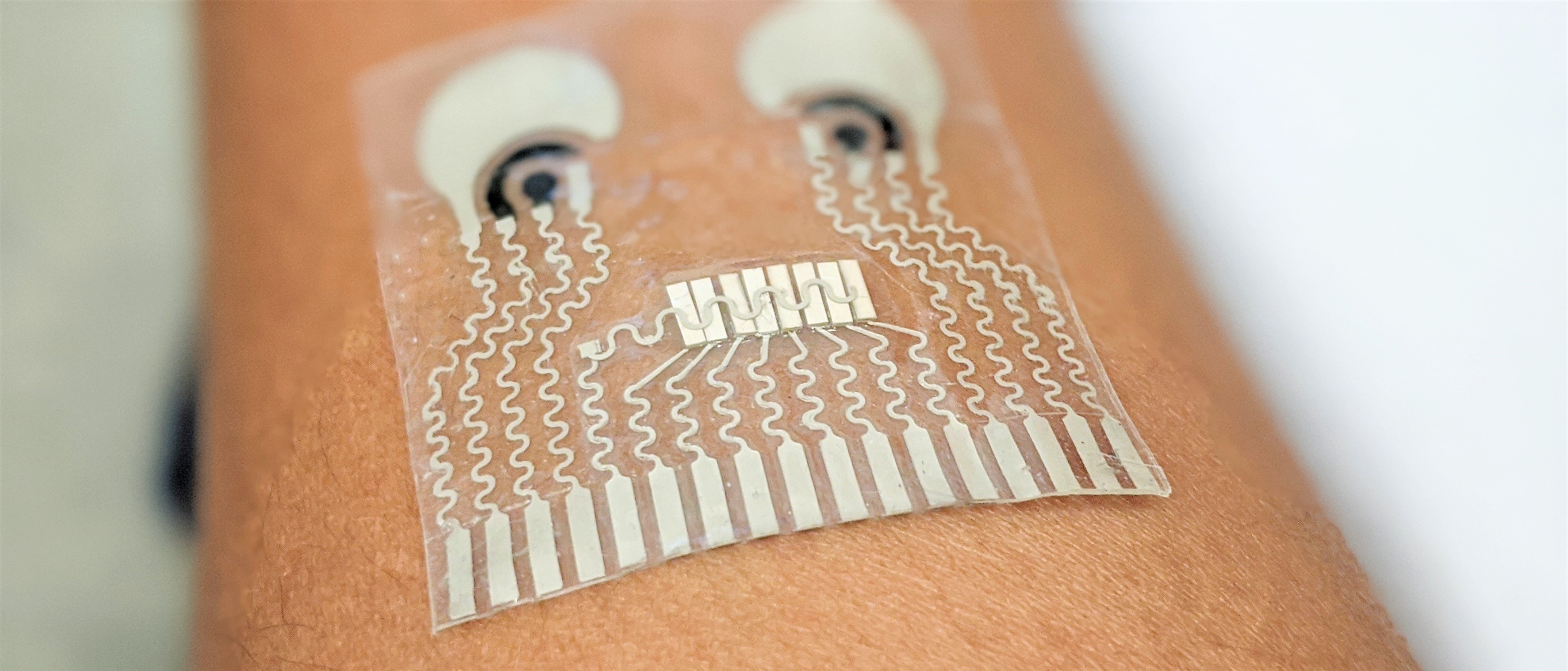
New skin patch brings us closer to wearable, all-in-one health monitor
Engineers at the University of California San Diego have developed a soft, stretchy skin patch that can be worn on the neck to continuously track blood pressure and heart rate while measuring the wearer’s levels of glucose as well as lactate, alcohol or caffeine. This one patch performs as well as commercial monitoring devices such as a blood pressure cuff, blood lactate meter, glucometer and breathalyzer.
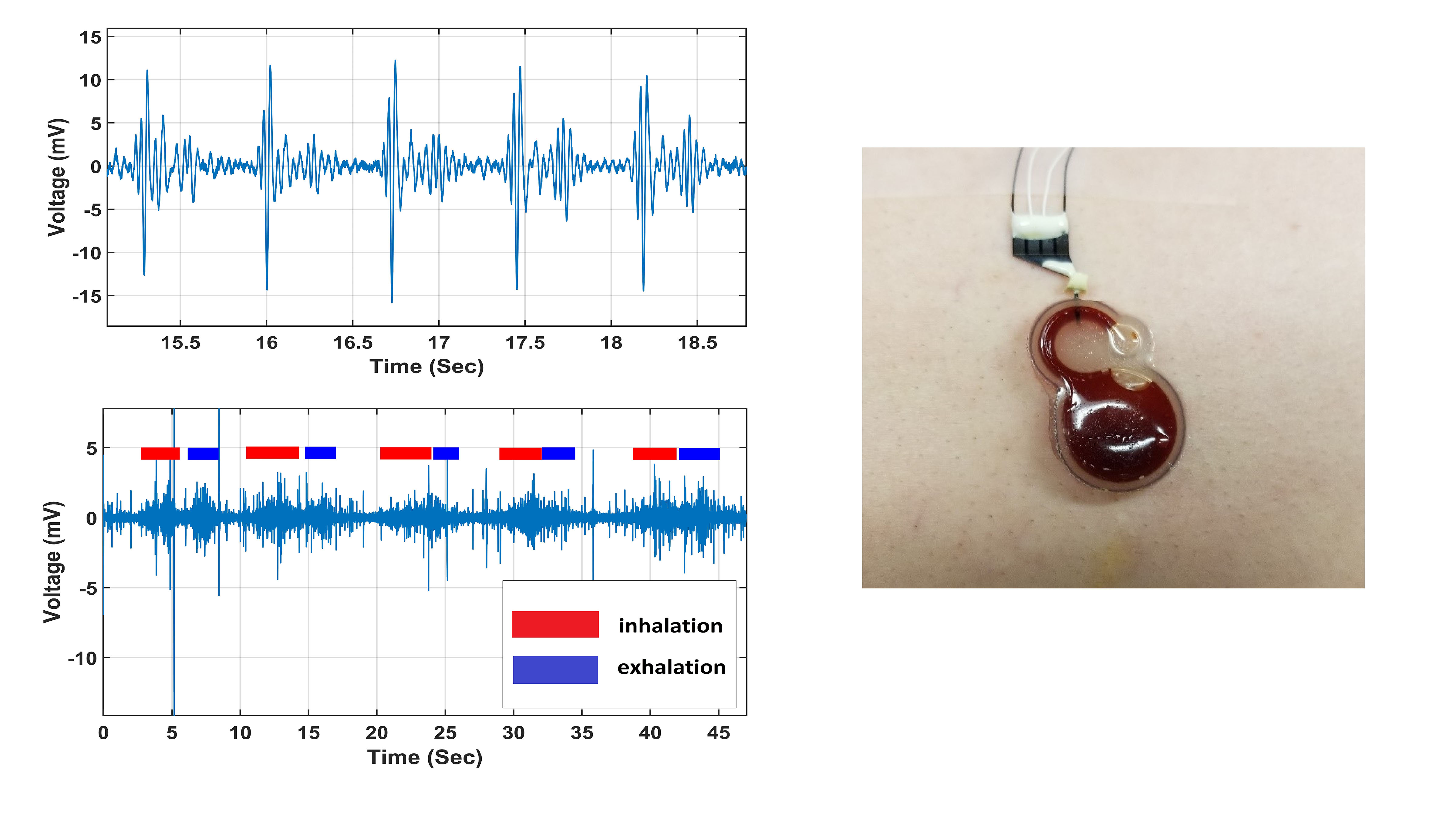
Wearable Electronics for Continuous Cardiac, Respiratory Monitoring
A small and inexpensive sensor, announced in Applied Physics Letters and based on an electrochemical system, could potentially be worn continuously by cardiac patients or others who require constant monitoring. A solution containing electrolyte substances is placed into a small circular cavity that is capped with a thin flexible diaphragm, allowing detection of subtle movements when placed on a patient’s chest. The authors suggest their sensor could be used for diagnosis of respiratory diseases.
Online Training is New Top Fitness Trend for 2021 according to ACSM Annual Forecast
ACSM’s annual fitness trend forecast, now in its 15th year, predicts what you’ll see in fitness in the next year and helps the health and fitness industry make critical programming and business decisions that ultimately affect consumers.
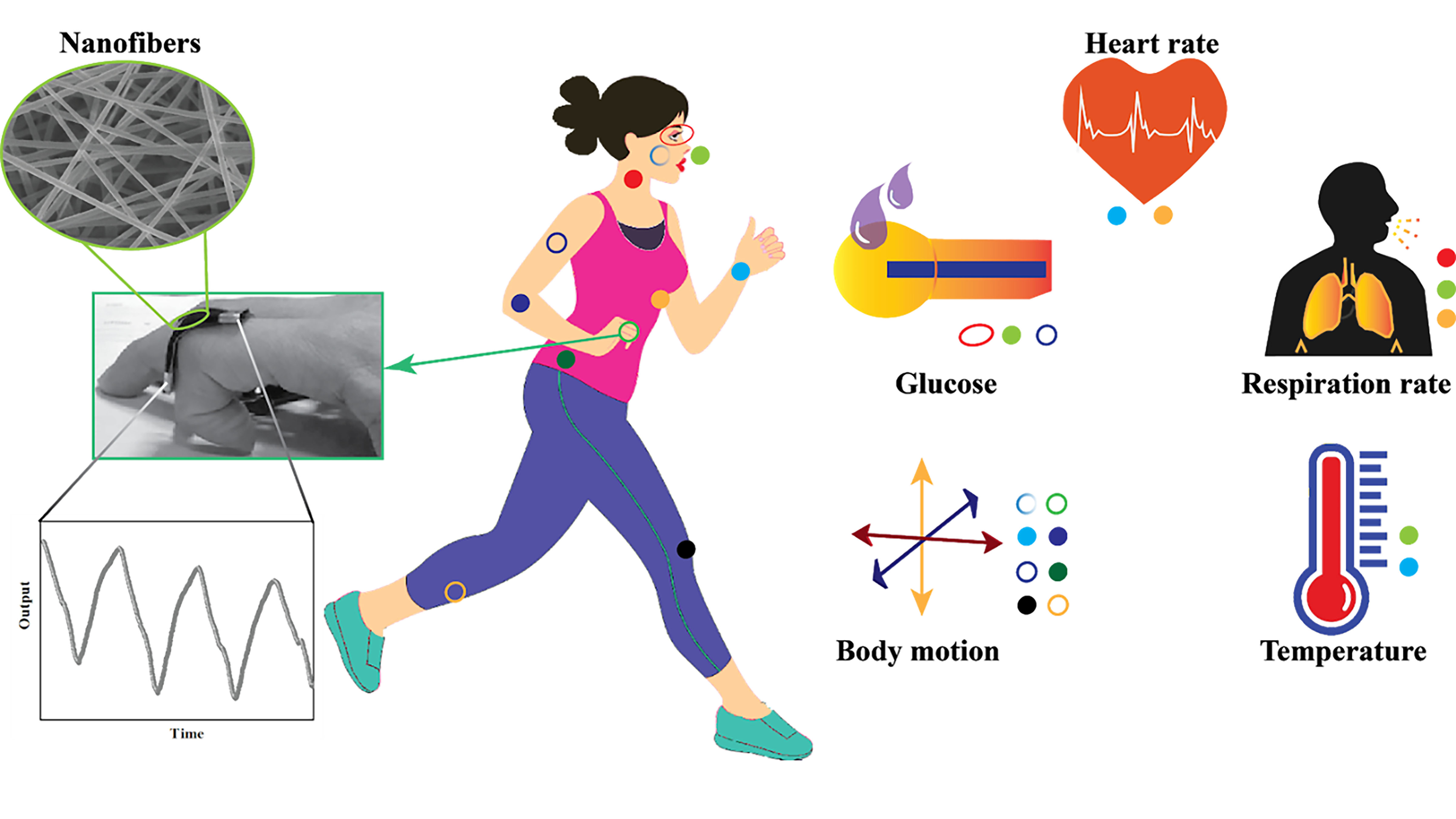
Clothing, Tattoos Could Be Used to Monitor Patient Health
A shirt that monitors your blood pressure or a pair of socks that can keep track of your cholesterol levels might be just a few years away from becoming reality. In Applied Physics Reviews, researchers examine the use of microfibers and nanofibers as wearable monitors that could keep track of a patient’s vital signs. The microfiber- and nanofiber-based technology addresses growing concerns in the medical community about monitoring chronic illnesses as the population ages.
Earphone tracks facial expressions, even with a face mask
Cornell University researchers have invented an earphone that can continuously track full facial expressions by observing the contour of the cheeks – and can then translate expressions into emojis or silent speech commands.
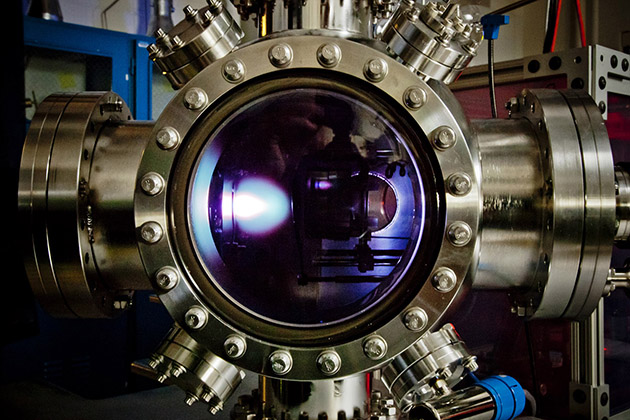
Toward an Ultrahigh Energy Density Capacitor
Researchers at Berkeley Lab and UC Berkeley have demonstrated that a common material can be processed into a top-performing energy storage material. Their discovery could improve the efficiency, reliability, and robustness of personal electronics, wearable technologies, and car audio systems.
3D hand-sensing wristband signals future of wearable tech
In a potential breakthrough in wearable sensing technology, researchers from Cornell University and the University of Wisconsin, Madison, have designed a wrist-mounted device that continuously tracks the entire human hand in 3D.
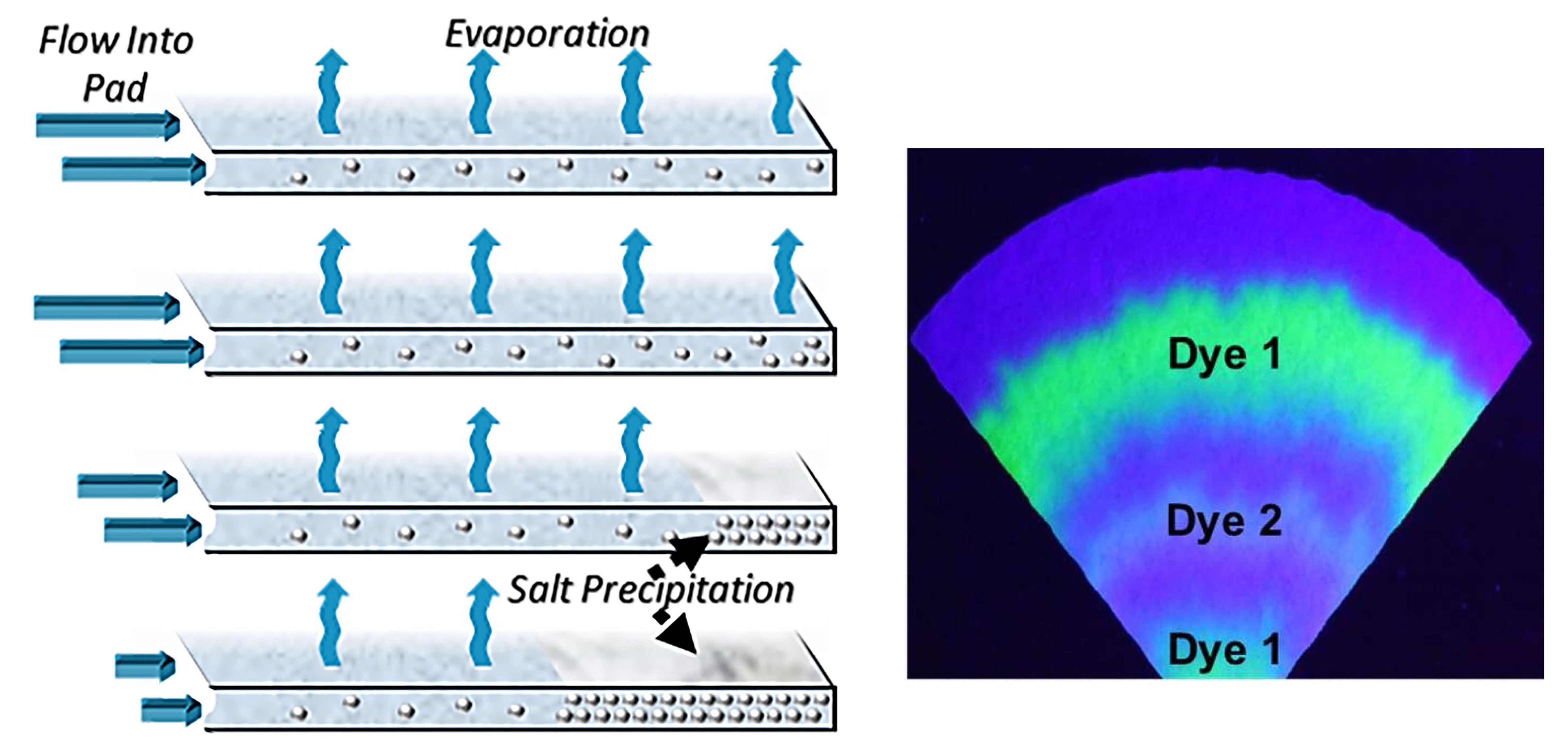
Paper-Based Device Provides Low-Power, Long-Term Method for Analyzing Sweat
Researchers at North Carolina State University have constructed a paper-based device as a model of wearables that can collect, transport and analyze sweat in next-generation wearable technology. Using a process known as capillary action, akin to water transport in plants, the device uses evaporation to wick fluid that mimics the features of human sweat to a sensor for up to 10 days or longer. They discuss their work in the journal Biomicrofluidics.
Harness artificial intelligence and take control your health
Sedentary behaviours, poor sleep and questionable food choices are major contributors of chronic disease, including diabetes, anxiety, heart disease and many cancers. But what if we could prevent these through the power of smart technologies?
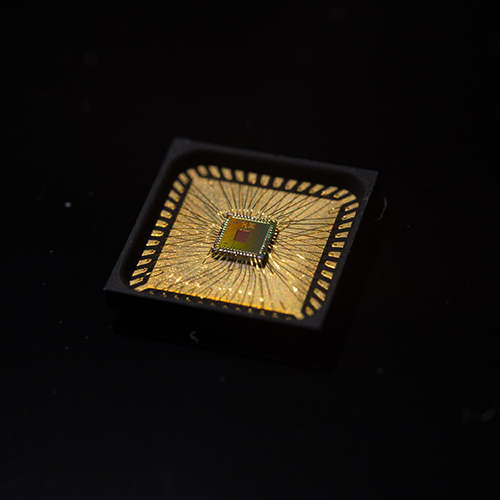
Toward a low-cost, low-power wearable sensor for temperature and respiration
Engineers at the University of California San Diego are developing low-cost, low-power wearable sensors that can measure temperature and respiration–key vital signs used to monitor COVID-19. The devices would transmit data wirelessly to a smartphone, and could be used to monitor patients for viral infections that affect temperature and respiration in real time. The research team plans to develop a device and a manufacturing process in just 12 months.